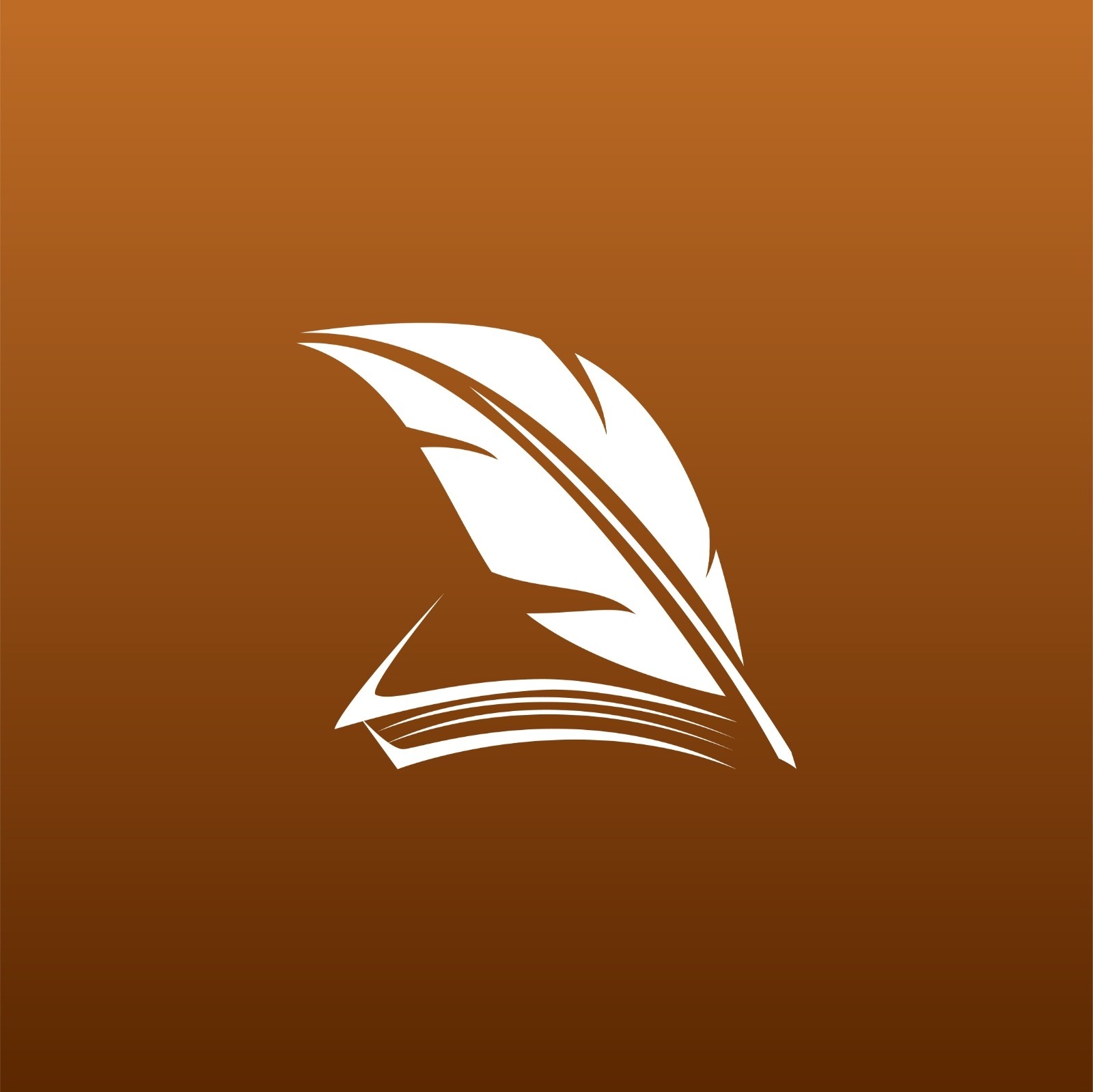Publishing a book in the USA has never been easier, thanks to a variety of publishing services available for authors. Whether you pursue traditional publishing, self-publishing, or explore the middle ground with hybrid publishing, each option has unique benefits. This guide will help you understand the different paths and platforms, so you can make the best choice for your book.
What Are the Different Types of Book Publishing Services?
1. Traditional Publishing
Traditional publishing is the most established route, with publishers like Penguin Random House and HarperCollins managing all aspects of production, marketing, and distribution.
How it works: Authors submit their manuscripts (often through literary agents). If accepted, the publisher pays an advance and royalties while handling the book’s design, marketing, and distribution.
Pros:
- No upfront costs for the author
- Access to professional editors and marketers
- Wide distribution through bookstores and libraries
Cons:
- Highly selective and competitive
- Limited creative control
- Long timelines, often up to two years for release
Examples: Penguin Random House, Hachette Book Group, Simon & Schuster
2. Self-Publishing
Self-publishing gives authors complete control over their work. Platforms like Amazon Kindle Direct Publishing (KDP) and IngramSpark allow authors to publish both eBooks and print books without needing a traditional publisher.
How it works: Authors manage every aspect of production, from editing to cover design. They upload their manuscripts directly to platforms like KDP, set pricing, and keep most of the royalties.
Pros:
- Fast publishing timelines (as little as 48 hours)
- Full creative control
- Higher royalties, often up to 70%
Cons:
- Upfront costs for editing, design, and marketing
- Marketing efforts are the author’s responsibility
- No guaranteed sales or visibility
Examples:
- Amazon KDP: Ideal for eBooks and print-on-demand
- IngramSpark: Best for distribution to bookstores and libraries
- Lulu: Perfect for niche projects like photo books and academic content
- Barnes & Noble Press: Offers both print and digital options
3. Hybrid Publishing
Hybrid publishing combines aspects of traditional and self-publishing. Authors share the costs with the publisher but receive professional editing, design, and distribution services.
How it works: Authors pay a fee or split revenue with the publisher, but they maintain more control over their work than in traditional publishing.
Pros:
- Faster release timelines
- Access to professional services
- Better royalties than traditional publishing
Cons:
- Upfront costs or revenue sharing
- Some hybrid publishers lack transparency
Examples:
- She Writes Press: Focused on women authors
- Greenleaf Book Group: Known for non-fiction and business books
- BookBaby: Provides comprehensive self-publishing services
How to Choose the Right Publishing Service for Your Book
Selecting the right publishing service depends on your goals and budget. Here are some steps to help you decide:
-
Define your priorities: Are you aiming for creative freedom or professional support? Do you want to focus on online sales or bookstore distribution?
-
Set a budget: Traditional publishing requires no upfront investment but is highly competitive. Self-publishing demands investment in editing, design, and marketing. Hybrid publishing involves shared costs.
-
Research platforms: Look for reviews and testimonials to ensure transparency. Compare royalties and distribution channels to find the best fit.
-
Plan your marketing: Build an online presence through a website and social media. Use email newsletters and offer advance reader copies (ARCs) to generate early reviews and buzz.
Top Book Publishing Services in the USA
Here is a quick overview of the most popular publishing platforms:
- Amazon KDP: Best for fast eBook and paperback publishing with global reach.
- IngramSpark: Ideal for authors who want bookstore and library distribution.
- Lulu: Great for custom projects like workbooks and photo books.
- BookBaby: Offers packages for design, printing, and marketing.
- Barnes & Noble Press: Perfect for authors targeting print and digital sales through the B&N network.
Tips for a Successful Book Launch
No matter which publishing path you choose, planning your book launch is essential. Here are some tips to help your book reach its audience:
- Build a website to engage with readers and showcase your work
- Use social media to promote your book and connect with potential readers
- Organize a launch event, either virtual or in person, to generate buzz
- Offer pre-orders to drive early sales
- Encourage early reviews on platforms like Amazon and Goodreads
Conclusion
Book publishing services in USA offer multiple paths to success. Traditional publishing provides prestige and professional support but requires patience and persistence. Self-publishing offers control and higher royalties but demands time and investment. Hybrid publishing provides professional help with shared costs.
Choosing the right path depends on your priorities and budget. Whether you dream of seeing your book in bookstores or prefer quick digital distribution, there is a publishing service that fits your needs. With platforms like Amazon KDP, IngramSpark, and BookBaby, you can bring your book to life and reach readers around the world.




